The Estonian Provincial Assembly was elected after the February Revolution in 1917 as the national diet of the Autonomous Governorate of Estonia in Russian Empire. On November 28, 1917, after the October Revolution the Assembly declared itself the sovereign power on Estonia and called for the elections of the Estonian Constituent Assembly. On the eve of the German occupation of Estonia in World War I the council elected the Estonian Salvation Committee and issued the Estonian Declaration of Independence on February 24, 1918.
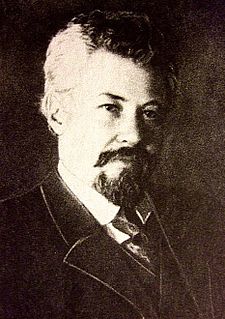
Elections to the All-Russian Constituent Assembly were held on 25 November 1917, around 2 months after they were originally meant to occur, having been organized as a result of events in the Russian Revolution of 1917. They are generally recognised to be the first free elections in Russian history.
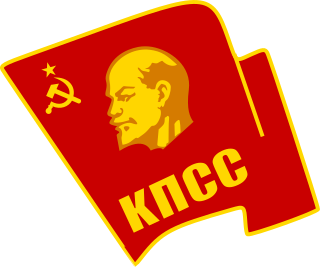
Communist Party of Estonia was a political party in Estonia.

The local autonomy in Estonia was established as a result of the Russian Revolution of 1917.
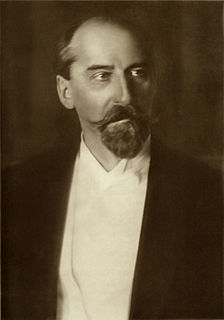
The Estonian Constituent Assembly was elected on 5–7 April 1919, called by the Estonian Provisional Government during the Estonian War of Independence. The Assembly was elected by party-list proportional representation in one nationwide district using the D'Hondt method. Eligible voters included soldiers at the front. The elections were won by left-wing and centrist parties.
The Estonian Labour Party was a political party in Estonia. It was formed in 1919 by a merger of the Radical Socialist Party and the Social Travaillist Party, and ceased to exist in 1932, when it merged with other centrist parties to form the National Centre Party. It was a member of government coalitions between 1919 and 1925, and again from 1927 until 1931.

Constituent Assembly elections were held in Austria on 16 February 1919. The result was a victory for the Social Democratic Workers' Party, which won 72 of the 170 seats. The party was largely supported by the working class, whilst farmers and the middle class voted mainly for the anti-Anschluss Christian Social Party. Voter turnout was 84.4%. It is generally reckoned as the first free election ever held in Austria.

The left-wing uprisings against the Bolsheviks were a series of rebellions, uprisings, and revolts against the Bolsheviks by oppositional left-wing organizations and groups that started soon after the October Revolution, continued through the years of the Russian Civil War, and lasted into the first years of Bolshevik reign of the Soviet Union. They were led or supported by left-wing groups such as some factions of the Socialist Revolutionary Party, Left Socialist-Revolutionaries, Mensheviks, and anarchists. Generally, the uprisings began in 1918 because of the Bolshevik siege and cooptation of Soviet Democracy, the signing of the Treaty of Brest-Litvosk which many saw as giving huge concessions to the Central Powers, and opposition to Bolshevik socioeconomic policy. The Bolsheviks grew increasingly hard-line during the decisive and brutal years following the October Revolution, and would suppress any socialist opposition whilst also becoming increasingly hostile to inner-party opposition. These rebellions and insurrections occurred mostly during and after the Russian Civil War, until approximately 1924.

The All Russian Constituent Assembly was a constitutional body convened in Russia after the October Revolution of 1917. It met for 13 hours, from 4 p.m. to 5 a.m., 18–19 January [O.S. 5–6 January] 1918, whereupon it was dissolved by the All-Russian Central Executive Committee, making the Third All-Russian Congress of Soviets the new governing body of Russia.

The Farmers' Assemblies was a conservative political party in Estonia. Led by Konstantin Päts, it was the ruling party for most of the inter-war period.
The Mensheviks were a faction in the Russian socialist movement, the other being the Bolsheviks.
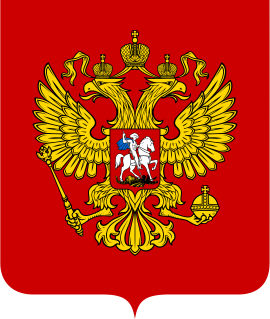
There are numerous, conflicting accounts on the outcome of the November-December 1917 election to the All-Russian Constituent Assembly. The Constituent Assembly election, which took place in the midst of the First World War and the October Revolution, was the largest exercise of universal suffrage in the history of mankind until that date. Spanning over decades, different historical research projects have been undertaken to try to map the puzzle of outcomes of the election from the various constituencies.

The Priamur electoral district was a constituency created for the Russian Constituent Assembly election, 1917. The Priamur electoral district consisted of the Amur Oblast, the Maritime Province and the Sakhalin Oblast. However, local leaders had preferred to have three separate constituencies. The election was held on time in the constituency.

The Livonia electoral district was a constituency created for the Russian Constituent Assembly election, 1917. The electoral district covered the Livonia Governorate, as well as the parts of the Courland Governorate not under German occupation.

The Estonia electoral district was a constituency created for the Russian Constituent Assembly election, 1917. The electoral district covered the Autonomous Governorate of Estonia.

The Volhynia electoral district was a constituency created for the Russian Constituent Assembly election, 1917. The electoral district covered the Volhynian Governorate. The western parts of the governorate were under German or Austrian occupation. U.S. historian Oliver Henry Radkey, whose account forms the basis of the table below, expresses concern that the account from Volhynia may have been largely incomplete, possibly an effect of the proximity to the battle lines.
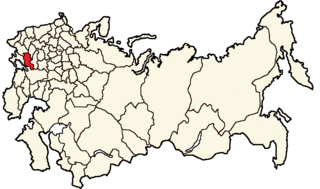
The Yekaterinoslav electoral district was a constituency created for the Russian Constituent Assembly election, 1917.

The Steppes electoral district was a constituency created for the Russian Constituent Assembly election, 1917. The electoral district covered the Akmolinsk Oblast and the Semipalatinsk Oblast. According to Wade (2004), it is unclear whether the election was carried through to completion in the electoral district.

The Ter-Dagestan electoral district was a constituency created for the Russian Constituent Assembly election, 1917.
















